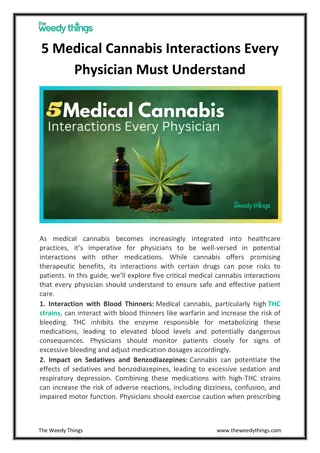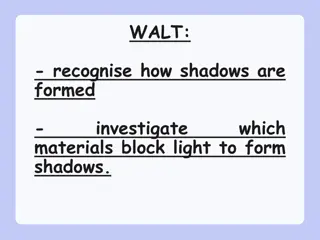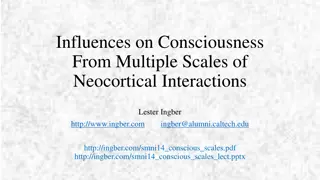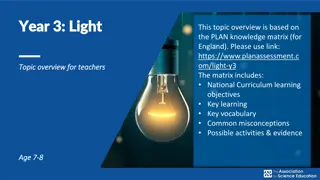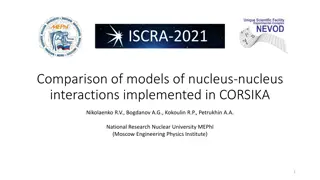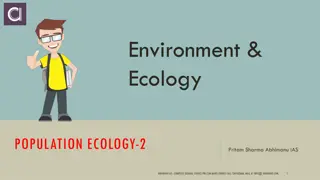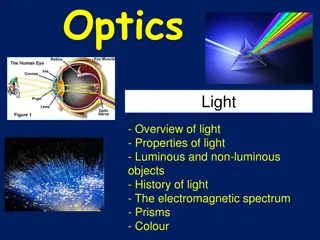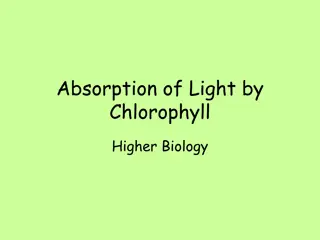Understanding Light: Basic Properties and Interactions
Explore the fundamental properties of light such as its speed compared to sound, the formation of shadows, and how we see things through reflection. Dive into types of light interactions like refraction and reflection, understanding how light behaves when passing through different mediums and interacting with surfaces. Discover the unique characteristics of convex and concave mirrors in reflecting light. Gain insights into the fascinating world of light phenomena and its interactions with objects.
Download Presentation

Please find below an Image/Link to download the presentation.
The content on the website is provided AS IS for your information and personal use only. It may not be sold, licensed, or shared on other websites without obtaining consent from the author. Download presentation by click this link. If you encounter any issues during the download, it is possible that the publisher has removed the file from their server.
E N D
Presentation Transcript
Basic Properties Light travels in straight beams beams = the length, height, and width of light
Basic Properties Light travels much faster than sound Speed of light = 983,571,056 feet per second! Speed of sound = 1087 feet per second Example: we see the explosion from a gun shot, then we hear the bang.
Basic Properties Shadows are formed when light is blocked by an object Examples: shadow hand puppets, shade from a tree, etc
Basic Properties We see things because light beams reflect into our eyes This has the most variability because the image we see can be affected by many factors, as we will discuss further
Light Interactions: Refraction Refraction occurs when light is bent through interactions with another medium This is due to a change in speed Examples: straw in a water glass, prisms, etc
Light Interactions: Reflection Occurs when light bounces evenly off an object at equal angles Examples: mirrors, smooth water surfaces, glass windows
Reflection: Convex Mirrors Reflective surface that curves outward and is thicker in the center than on the edges Light rays converge (are brought together) Image is upright, and reduced (smaller than the real object) Examples: Corner mirrors in stores, rearview mirrors, etc
Reflection: Concave Mirrors Concave mirrors have a reflective surface that curves inward Images in mirror appear upside down and smaller at further distances If closer to the mirror, images flip right-side up and appear larger
Convex and Concave Mirror Review Convex Mirror Concave Mirror
Light Interactions: Scattering How does the water reflection of the iceberg differ from the water reflection of the mountain earlier? When light hits a rough surface, the reflection of the image bounces off at different angles and scattering of the light occurs This is also called diffuse refraction
Light Interactions: Absorption When light strikes an object it not only reflects the light (the colors you see) but it also absorbs the light (the colors you don t see) Example: blue jeans absorb all the colors of light except blue, which is the color reflected
Light Interactions: Absorption White is the presence of all colors No color is absorbed, all colors are reflected
Light Interactions: Absorption Black is the absence of all colors All color is absorbed, no color/light is reflected.
Absorption: Secondary Colors If the color you see is a secondary color (orange, green, purple) then it reflects a combination of the primary colors. Example: purple objects absorb orange, yellow, and green light, but they reflect red, blue, and purple light.
Absorption: Filters Filters can be used to block out or cancel different colors of light In regular lighting, red and blue are reflected
Absorption: Filters In a red light filter, the shirt would continue to appear red, but the jeans would look black
Absorption: Filters In a blue light filter, the jeans would look blue, but the shirt would appear black.
Types of Objects Light Interacts With
Transparent Light is able to travel through an object No scattering occurs Examples: clear windows, eyeglasses, plastic wrap, etc.
Translucent Some light is able to pass through an object but not all, and a light shadow is cast Objects you can partially see through Some light scattering occurs Examples: Tissue paper, tinted windows, clouds, etc.
Opaque Light is blocked by an object and a dark shadow is cast Cardboard, eyelids, aluminum foil, wooden door, etc.





